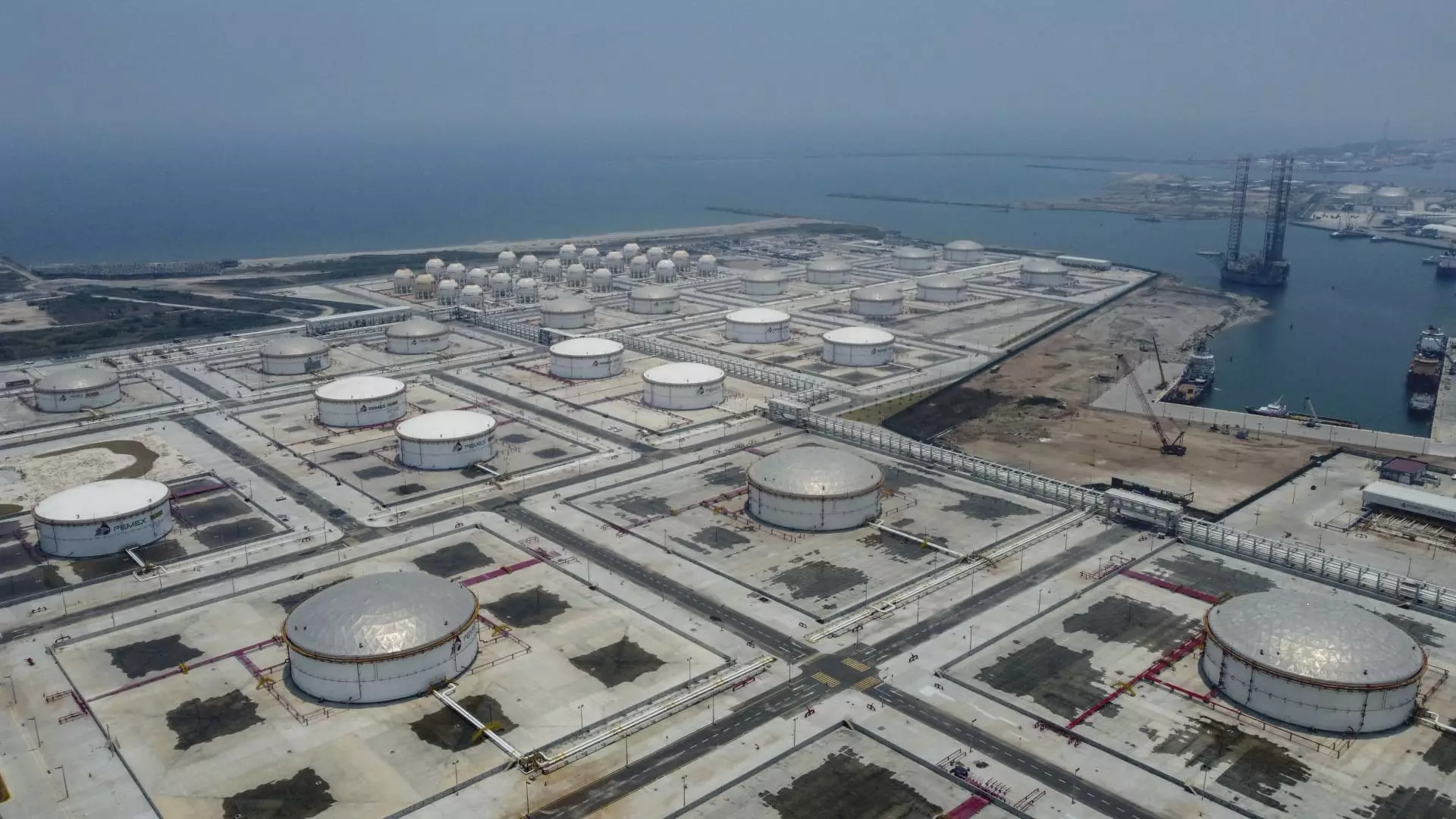The International Energy Agency recently released a report predicting a surge in global oil production led by the United States. The report suggests that this increase in production will outstrip demand growth until 2030, resulting in unprecedented levels of spare capacity in the market. This forecast has raised concerns about the implications for OPEC+ market management and has prompted calls for major oil companies to realign their business strategies.
According to the IEA’s projections, oil demand growth is expected to slow down in the coming years, eventually reaching a peak of nearly 106 million barrels per day by 2030. This represents a significant increase from the 102 million barrels per day recorded in 2023. At the same time, global oil production capacity is set to rise to nearly 114 million barrels per day by 2030, resulting in a surplus of 8 million barrels per day above projected demand. This surplus is unprecedented, except for during the peak of the COVID-19 lockdowns in 2020.
The IEA has highlighted the potential consequences of these changing dynamics for oil markets, particularly for the U.S. shale industry and producer economies in OPEC and beyond. As the global economy transitions towards cleaner energy sources and as countries move away from fossil fuels, the demand for oil is expected to decrease. This shift poses a challenge for traditional oil companies, which may need to adapt their business strategies to align with the changing landscape.
The push towards clean and energy-saving technologies is gaining momentum, driven by the need to reduce greenhouse gas emissions and combat climate change. Fossil fuels, including coal, oil, and gas, have been the primary drivers of the climate crisis. While the share of fossil fuels in the global energy supply has remained around 80% for decades, the IEA predicts that this will decrease to around 73% by 2030.
Despite the projected slowdown in oil demand growth, the IEA anticipates that demand will still increase by around 3.2 million barrels per day by 2030 compared to 2023. This growth is expected to be driven by robust demand from fast-growing economies in Asia, as well as from the aviation and petrochemical sectors. In contrast, oil demand in advanced economies is forecasted to decline to below 43 million barrels per day by 2030, a significant drop from nearly 46 million barrels per day in the previous year.
The IEA emphasizes the importance of implementing stronger policy measures and encouraging behavioral changes to reduce oil consumption. Without these interventions, crude oil demand is expected to remain high, particularly in sectors such as aviation and petrochemicals. The report underscores the need for coordinated efforts to shift towards cleaner energy sources and reduce reliance on fossil fuels.
The future of oil demand and production is undergoing a significant transformation as the world transitions towards cleaner energy sources. The surge in global oil production, coupled with slowing demand growth, presents challenges and opportunities for the oil industry. Major oil companies need to adapt to these changing dynamics and align their business strategies with the evolving market landscape to remain competitive in the long term.


Leave a Reply